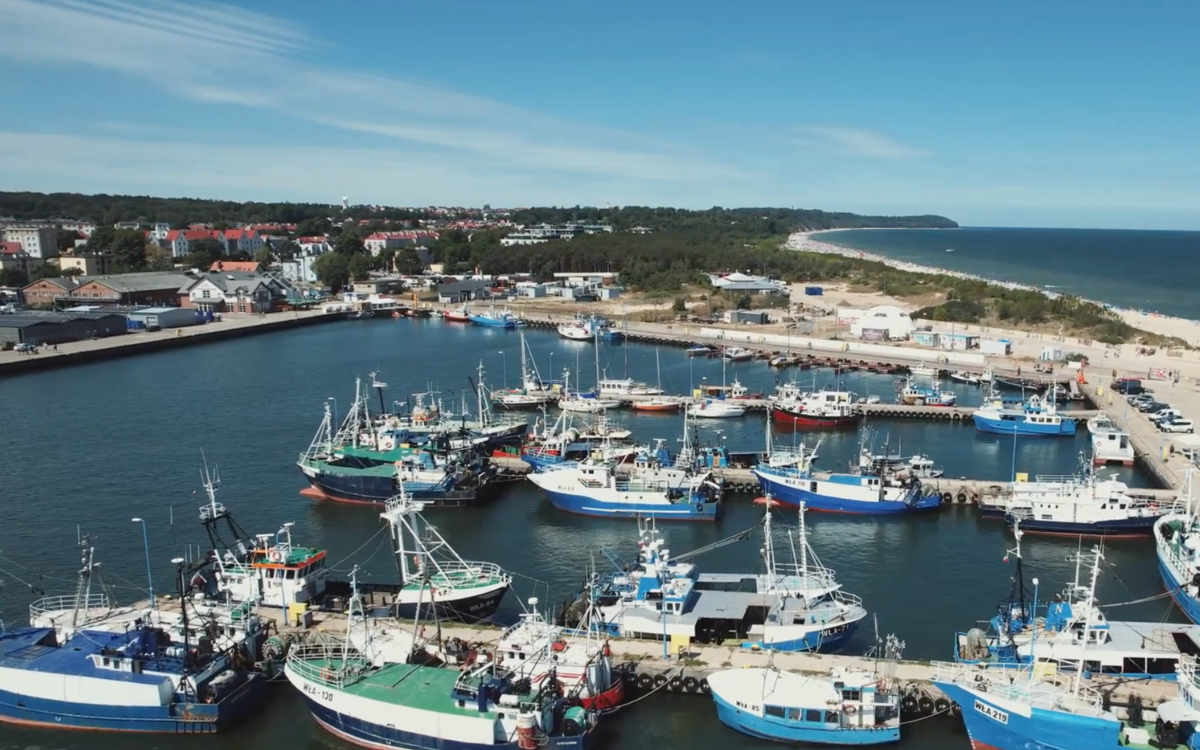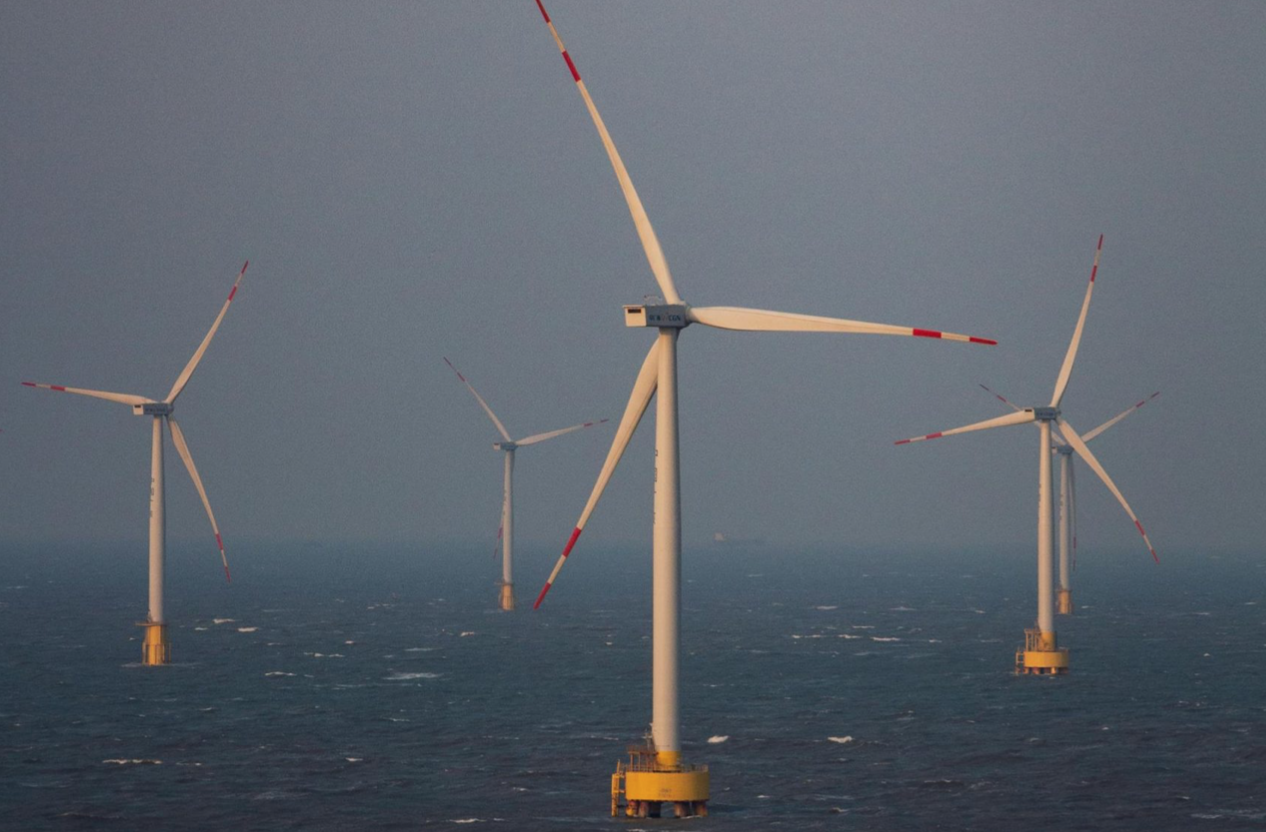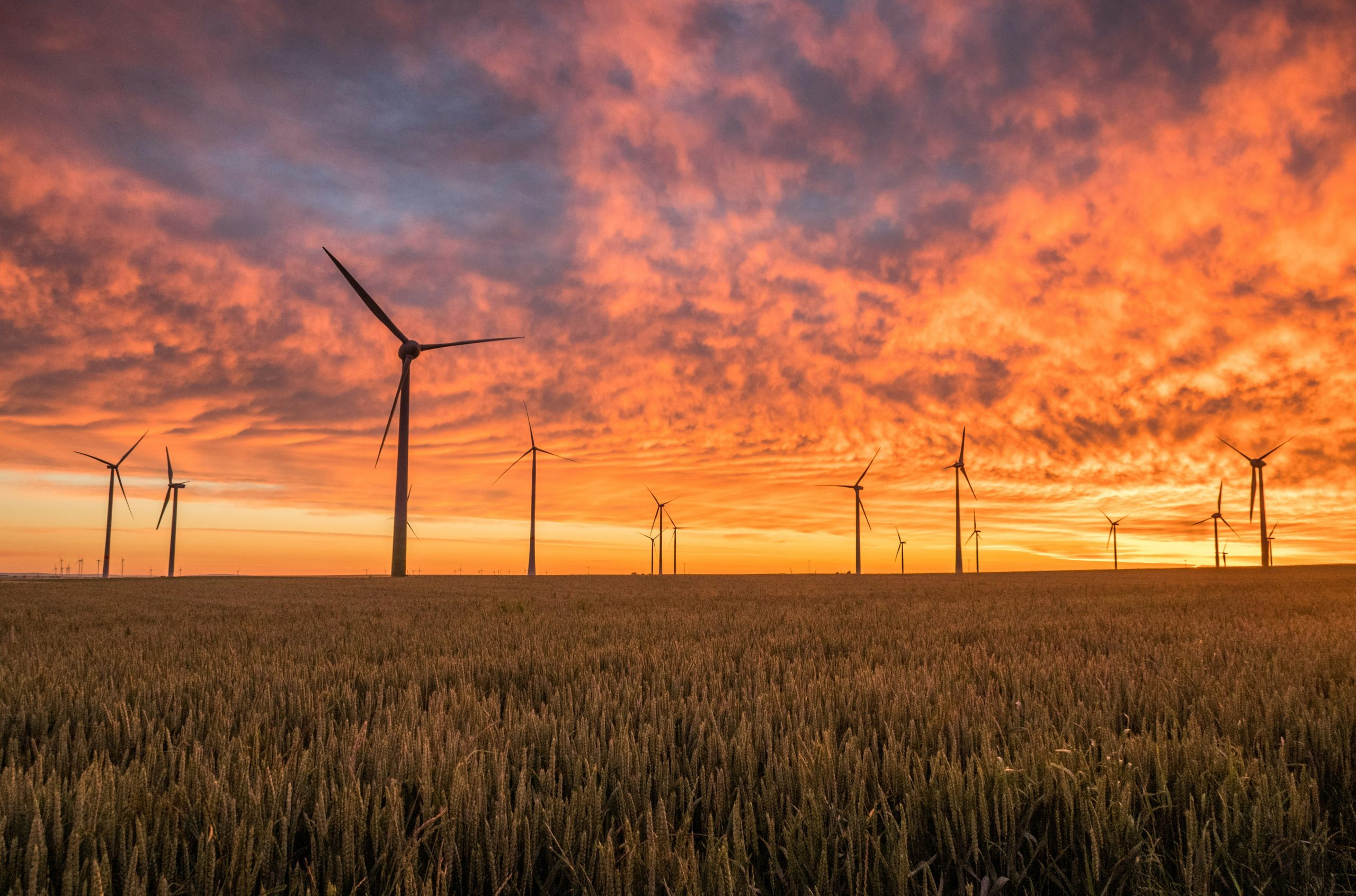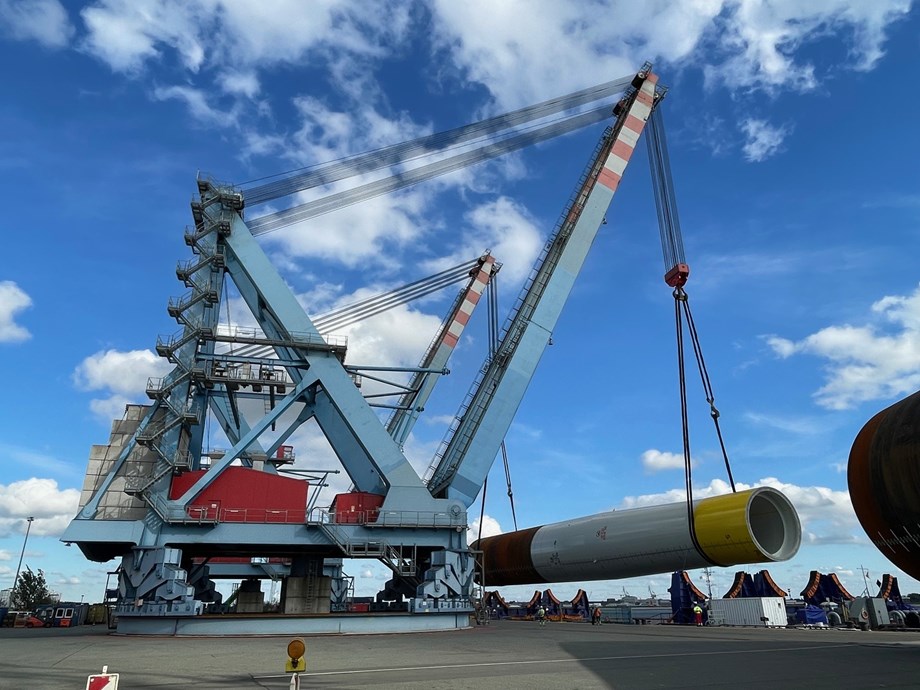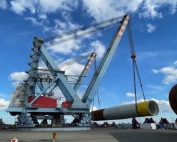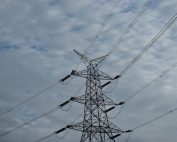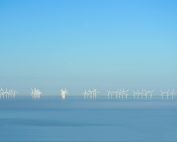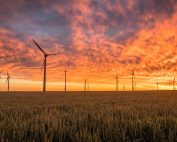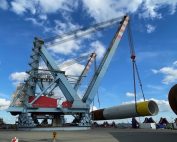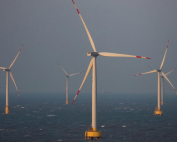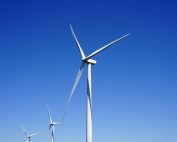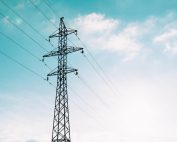Germany has granted approval for two significant offshore grid connection projects, marking a milestone in the country’s renewable energy goals. The approvals, granted by the Federal Maritime and Hydrographic Agency (BSH), pertain to the 300 MW Ostwind 3 project by 50Hertz and the 900 MW DolWin4 project by Amprion. These projects aim to harness power from up to 1.2 GW of turbine capacity in the Baltic Sea and North Sea.
One noteworthy aspect of these approvals is the innovative approach to connecting offshore wind turbines. Both projects employ a 66-kV direct connection, eliminating the need for constructing additional substation platforms within the offshore sites. This represents a new standard in offshore wind turbine connectivity, streamlining the process and enhancing efficiency.
Details of the Approved Projects:
- Ostwind 3 Project (50Hertz):
- Capacity: 300 MW
- Location: Baltic Sea, around 42 km off north-east Rugen
- Connection: Jasmund substation connected by a 100 km cable
- Operations Expected: Autumn of 2026
50Hertz plans to install the Jasmund substation, and power from nearby turbines will be directly fed into the substation platform. The project is set to contribute significantly to Germany’s renewable energy capacity by 2026.
- DolWin4 Project (Amprion):
- Capacity: 900 MW
- Location: North Sea, around 45 km north of Norderney
- Connection: DolWin Delta platform transmitting electricity via a 60 km submarine cable system
- Operations Expected: Autumn of 2028
Amprion’s DolWin Delta platform will play a crucial role in transmitting electricity from wind farms in the North Sea to the shore. The project aligns with Germany’s commitment to expanding its renewable energy infrastructure.
The approval of these offshore grid-connection projects signals Germany’s commitment to advancing its renewable energy sector. The adoption of innovative and efficient grid connection technologies underscores the nation’s dedication to achieving its ambitious renewable energy targets. As these projects move forward, they are expected to contribute significantly to Germany’s renewable energy capacity, marking a positive step towards a more sustainable and greener future.
Source: Bundesamt für Seeschifffahrt und Hydrographie (BSH)



